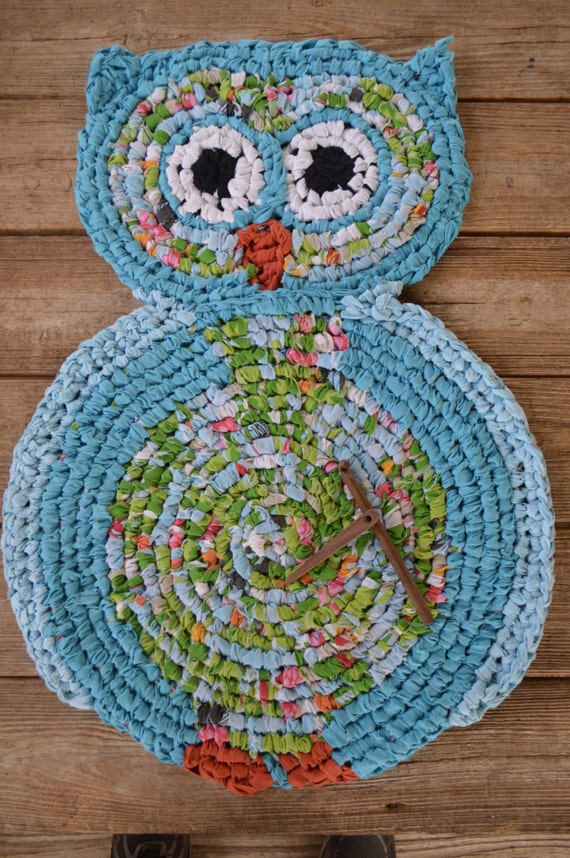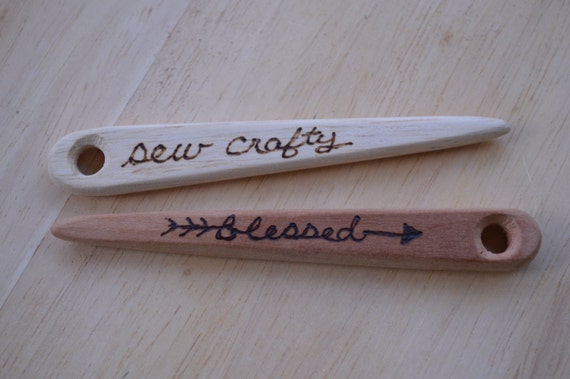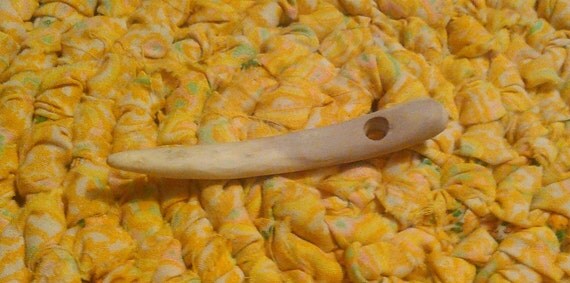Many years ago, I had opened my Etsy shop under a different name with hopes of selling hand-made items. At the time, I had four young children and we had just begun our homeschooling adventure on our small farm, which meant there was very little time for creativeness. It sat there empty until last year when I decided to step out of my comfort zone and sell a few of my rag rugs and the needles that I have crafted.
Can you share a little history with us about toothbrush rugs?
They’re called toothbrush rugs because they were formally created using an old toothbrush that had been made into a needle. They’re also known as Amish-Knot rugs, and its roots can be traced back to Scandinavia.
I love all things hand-made, but especially when it involves taking something old and turning it into something new. A close acquaintance of mine shared photos of her beautiful toothbrush rugs and offered to teach a class, and I could not pass up the opportunity. I’ve been hooked ever since.
What do you enjoy the most about making rugs with this technique?

It’s simplicity and ease. I don’t have to keep track of stitches, which seems impossible with four children in the house. It's rewarding for me to create something that people would enjoy.
What are some of the benefits of making a toothbrush rug when compared to other types of rugs?
The only other technique that I have used so far to make rugs is to crochet them, and I found it hurt my hands after a while. I could literally work for hours on a toothbrush rug without any discomfort or pain, but I am always interested in learning new methods.
My husband is in construction and often has scrap wood left over that he has kindly let me use. As of now, I have maple, oak, mahogany and zebra wood. I also make needles from the tines of deer antlers.
Thank you for having me. For those interested, I also have a blog (carrollsfarmcrafts.wordpress.





No comments :
Post a Comment